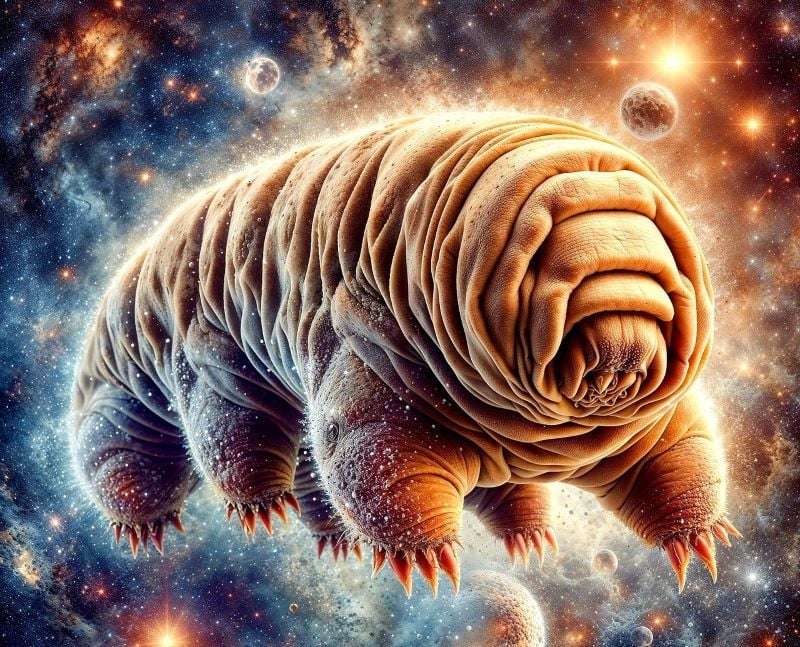Chinese researchers have unveiled the mechanisms that endow tardigrades, often referred to as water bears, with their remarkable resistance to radiation. This breakthrough may eventually enhance human resilience to similar extreme conditions.
A study published in Science on Friday outlines how these resilient invertebrates survive harsh environments, including intense radiation, extreme temperatures, dehydration, high pressure, and even the vacuum of space.
In 2018, scientists collected tardigrades from Henan Province in central China and identified a previously undocumented species, Hypsibius henanensis.
Through genomic analysis of this new species, researchers pinpointed three crucial mechanisms contributing to its radiation resistance:
- Horizontal Gene Transfer: The incorporation of genes from other organisms, including plants, fungi, and bacteria.
- Radiation-Induced Proteins: Unique proteins that assist in DNA repair following radiation exposure.
- General Stress-Related Proteins: Proteins that support DNA recovery under stress conditions.
The researchers noted that these findings could guide future studies aimed at enhancing human cellular resilience. “The molecules providing anti-radiation protection for tardigrades can significantly improve the anti-radiation capability of human cells when transferred into them,” stated Zhang Lingqiang, a researcher at the Academy of Military Medical Sciences.
“This suggests significant potential for application and lays a theoretical foundation for developing protections against ultra-strong radiation,” Zhang added.
ALSO READ:



